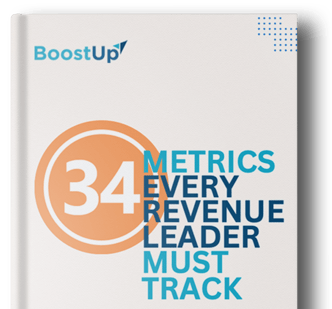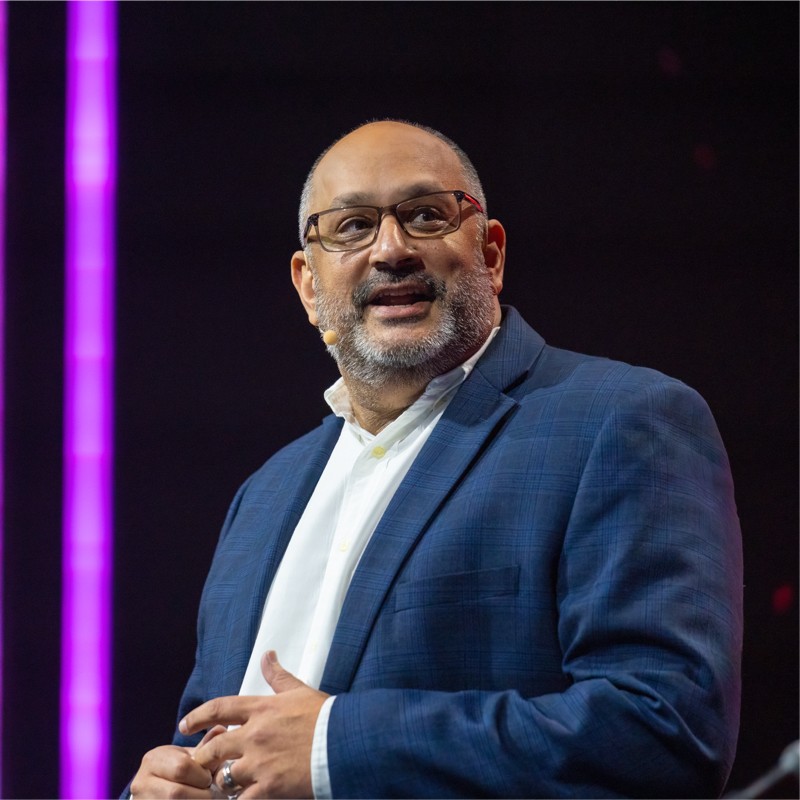How to Build a Truly Customer-Centric GTM Strategy
In this episode, James Kaikis talks about what goes into building a highly customer-focused GTM strategy and integrating customer-centric principles into every aspect of a business, from sales to service delivery ensuring higher customer satisfaction and long-term profitability.











